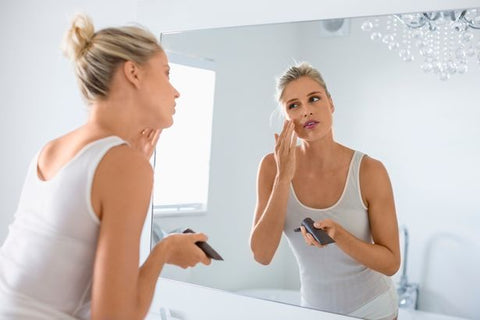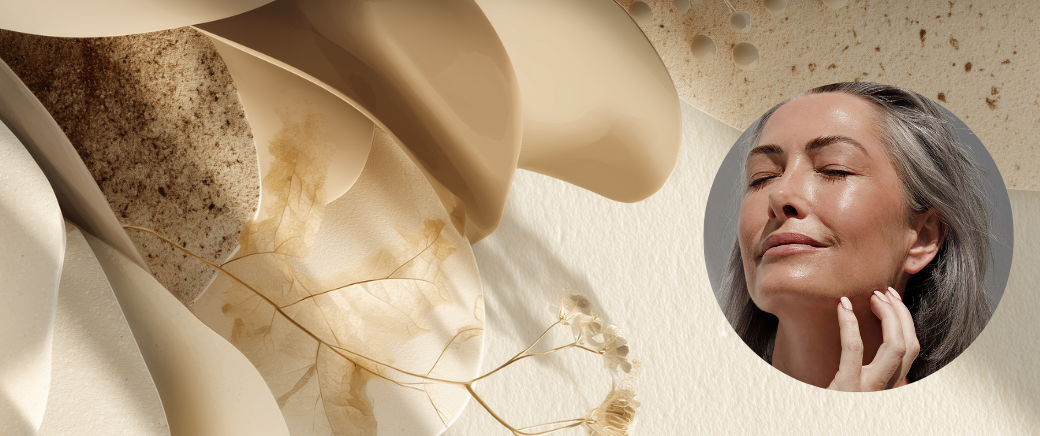
Should I Self-Tan?
Self-tan for a healthy, bronzy glow in summer. Achieve a radiant look with Emani's tips for a flawless, sun-kissed complexion.
An even, sun-kissed tan is truly the trademark of a summer well spent. But unfortunately, it can also speed up our age process quite dramatically. In fact, sun exposure is one of the biggest contributors to premature aging, right alongside smoking cigarettes!
But thanks to sunless tanning, no one has to sacrifice youthful-looking skin for that summer goddess glow.
Or do they?
In this blog, we’re going to go beyond skin-deep on sunless tanner, how it works, and answer one major question: can sunless tanning age skin, too???
How Does Sunless Tanner Work?

Have you ever wondered how a sunless tanner actually works?
Many women believe that sunless tanners create a fake pigment on the skin, but it’s actually more complicated than that.
In order to understand sunless tanning, it’s key that we understand the active ingredient: dihydroxyacetone, also known as DHA.
DHA is a simple chain of carbohydrates, and it can be extracted from beets and cane sugar. In other words, it’s vegan!
In order to mimic the look of tanned skin, DHA interacts with amino acids on our epidermis, creating a pigment called melanoidins, which appear brown in color because of the light wavelengths they absorb.
This interaction is what’s known as the “Maillard reaction,” and it takes about 2-4 hours for it to affect the appearance of our complexion and create a beautiful, temporary tan.
And as the outermost layer of skin cells naturally shed from the body, the tan will naturally fade after about 7-10 days.
Does Self-Tanning Age the Skin?
While the Maillard reaction requires no sun exposure in order to occur, it does possess something of a dark side.
Research shows that the Maillard reaction causes the development of free radicals, which are unstable molecules that are known to latch onto and deteriorate the collagen and elastin fibers. The result is oxidative stress, and like rust on a bike, it weakens the skin and can make it age more rapidly.
Moreover, concerning findings reveal that this accelerated free radical production intensifies under sunlight exposure.
Self-Tanner vs. Sun Tanning

Understanding sunless tanner's link to free radicals might make you consider returning to sun exposure.
However, we don’t advise that you do that, because here’s the thing: sunless tanner may still pose the safer option.
Because when you sunbathe, it’s important to consider just how dangerous UV exposure is. Sun tanning stimulates skin to create melanin, the pigment responsible for the tan color, in response to UV rays. Producing a tan aside, it's also actively damaging your skin cells, increasing the risk of skin cancer and hastened aging.
In short, the potential damage caused by suntanning is still far worse than the free radicals caused by DHA.
The Bottom Line
We all want the best of both worlds, and in this case, it’s the perfect self-tan and timeless, unchanging skin.
And while sunless tanning is never going to be a method that’s completely without its aging potential, it is still a far better option than UV exposure. Not to mention that self-tanner keeps us from getting that farmer’s tan!
For those who really don’t want to risk it, do neither! Your skin is beautiful with or without a tan, and it’s going to thank you for going easy on it this year.
But for those who simply must have that bronzy look, make sure to drink plenty of fluids and use SPF whenever you self-tan.




